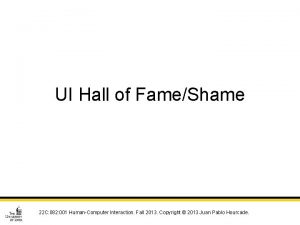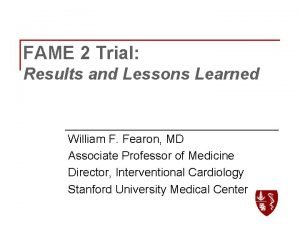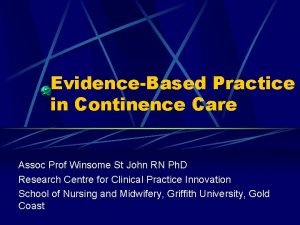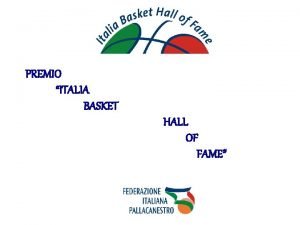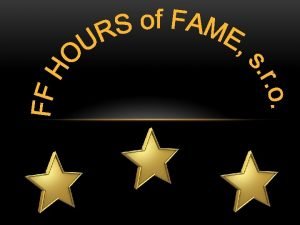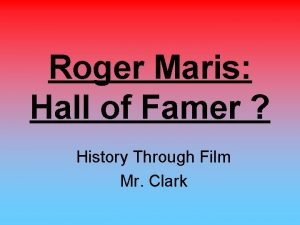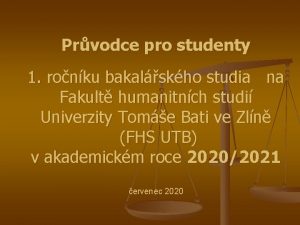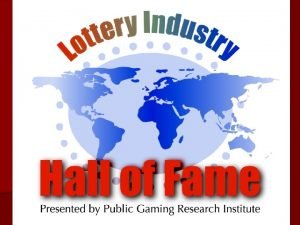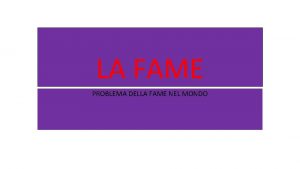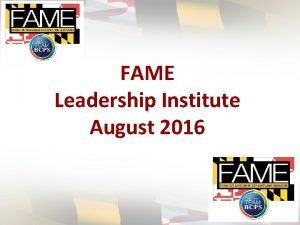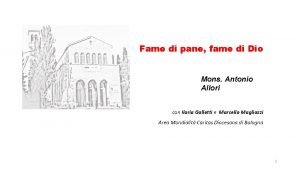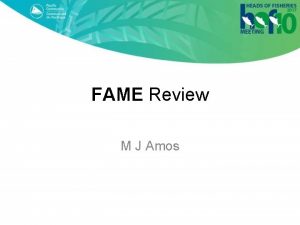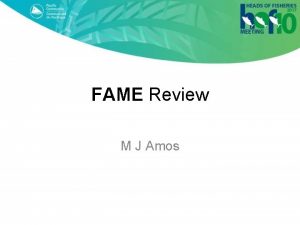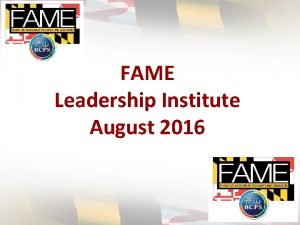The Human Resource Fame A Human Resource View









- Slides: 9

The Human Resource Fame

A Human Resource View Metaphor: Extended family Leader: servant, catalyst Change strategy: build relationships, listen, educate, be open, empower others Focus: skills, attitudes, teamwork, communications

The human resource frame is built on core assumptions that highlight this way of thinking about organizations: 1. Organizations exist to serve human needs rather than the reverse. 2. People and organizations need each other: organizations need ideas, energy, and talent; people need careers, salaries, and opportunities. 3. When the fit between individual and system is poor, one or both suffer: individuals will be exploited or will exploit the organization-or both will become victims. 4. A good fit benefits both: individuals find meaningful and satisfying work, and organizations get the talent and energy they need to succeed.

Human Needs: The Individual Level of Analysis Values: relatively permanent desires that seem to be intrinsically worthwhile to us Attitudes: predispositions to act that derive from our relatively lasting feelings and beliefs about things and people Psychic Needs: (1) our varying desires for belongingness, power, and achievement (2) our feelings and the calculations we make about ourselves, i. e. our self esteem (3) our hopes, wishes, and dreams especially our learned desire for self actualization (4) our search for meaningfulness

Social Needs: the Group Level of Analysis Structural Frame: organizations as rational systems Human Resource Frame: organizations as natural systems Organizations as social groups/systems and individuals attempting to adapt and survive in their particular circumstances Resulting in emergent informal structure Goal complexity: stated (formal) vs. “real” goals (fit between formal and informal) Culture: norms, tacit assumptions and belief systems

Group Dynamics and Interpersonal Competencies Appropriate actions as learnable skills The use of groups as bridge between formal and informal Team building and high performance team Culture resides in group behaviors

A Normative Model for Effective Interpersonal Behavior in Organizations Skills in understandings the distinctions between espoused theories and managerial theories-in-use Avoidance of self-protective, self sealing models of interpersonal interaction (Model 1) An emphasis on common goals and mutual influence Open testing of assumptions and beliefs (Model 2)

Human Resource Management As practices: e. g. , evaluation, pay/performance, training and development, job design, and TQM As philosophy: participation and involvement as a value and as contingent good practice As part of the strategic direction of the organization

HR Practices Develop and implement HRM strategy Hire the right people Keep them Invest in them Empower them Promote diversity

